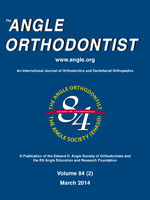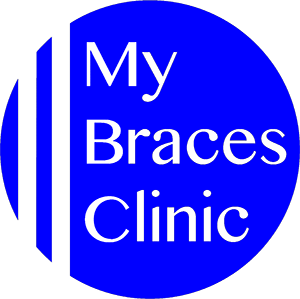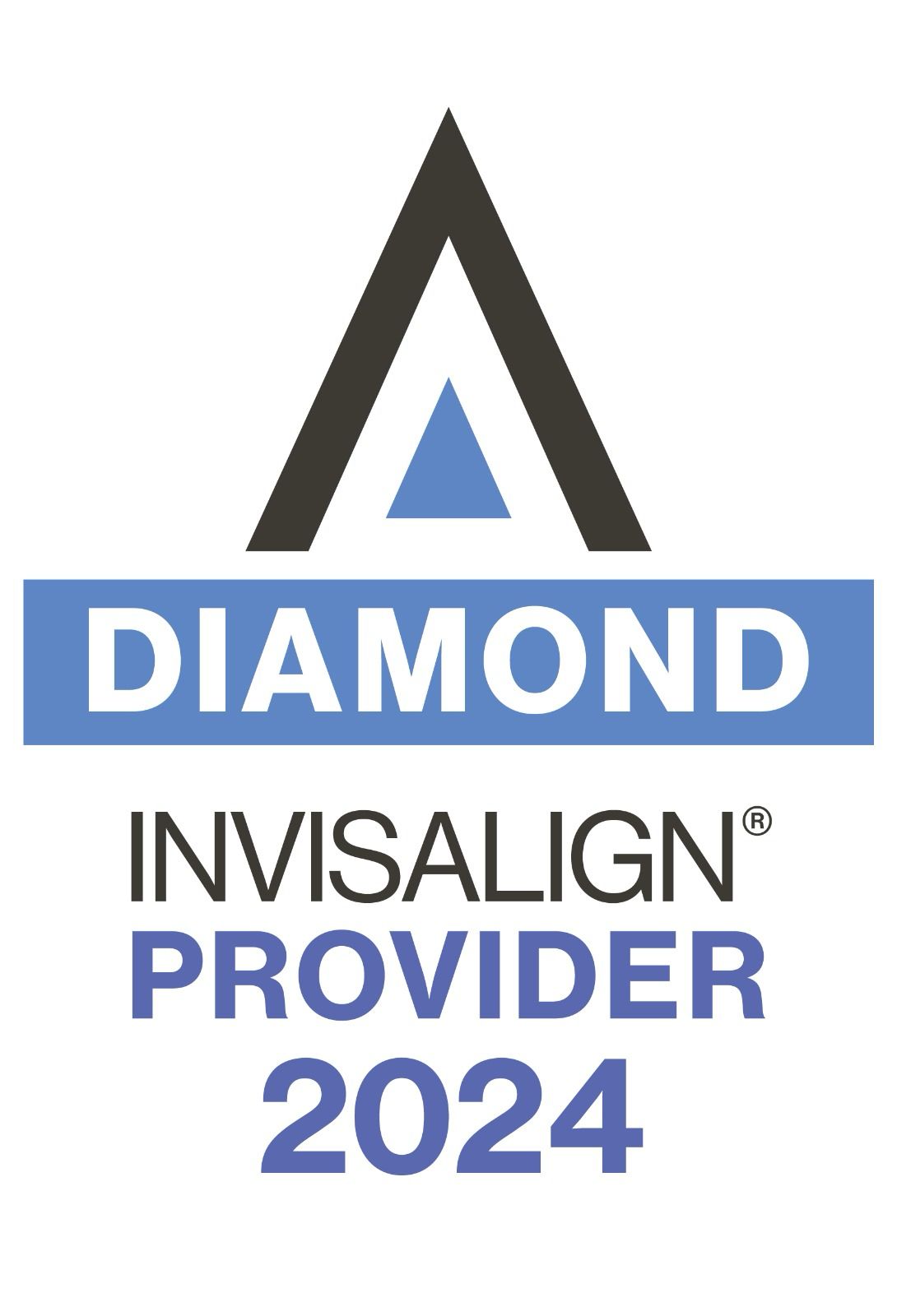

Dr CHONG Hui Theng
Dr Chong has special interest in dental and facial aesthetics and have designed a research to quantify facial attractiveness. The study, published by the Angle Orthodontist, reveals some interesting findings about the way people perceive a beautiful facial profile.
What makes a facial profile attractive?
- Protrusive upper and lower lips, were viewed as less esthetically pleasing.
- Extreme protrusion and retrusion in the upper and lower lips were found to be least attractive.
- Facial profile with balance upper and lower lips (class I) was rated to be more beautiful.
- Facial profile with retrusive chin (class II malocclusion) and protrusive chin (class III malocclusion) have significant functional and aesthetic repercussions.
Did you know that your upper and lower teeth alignment can affect your lip position and the attractiveness of your smile? If you have protrusive or retrusive lip positioning and you are looking to improve your dental and facial aesthetics, we at MyBracesClinic can help.




